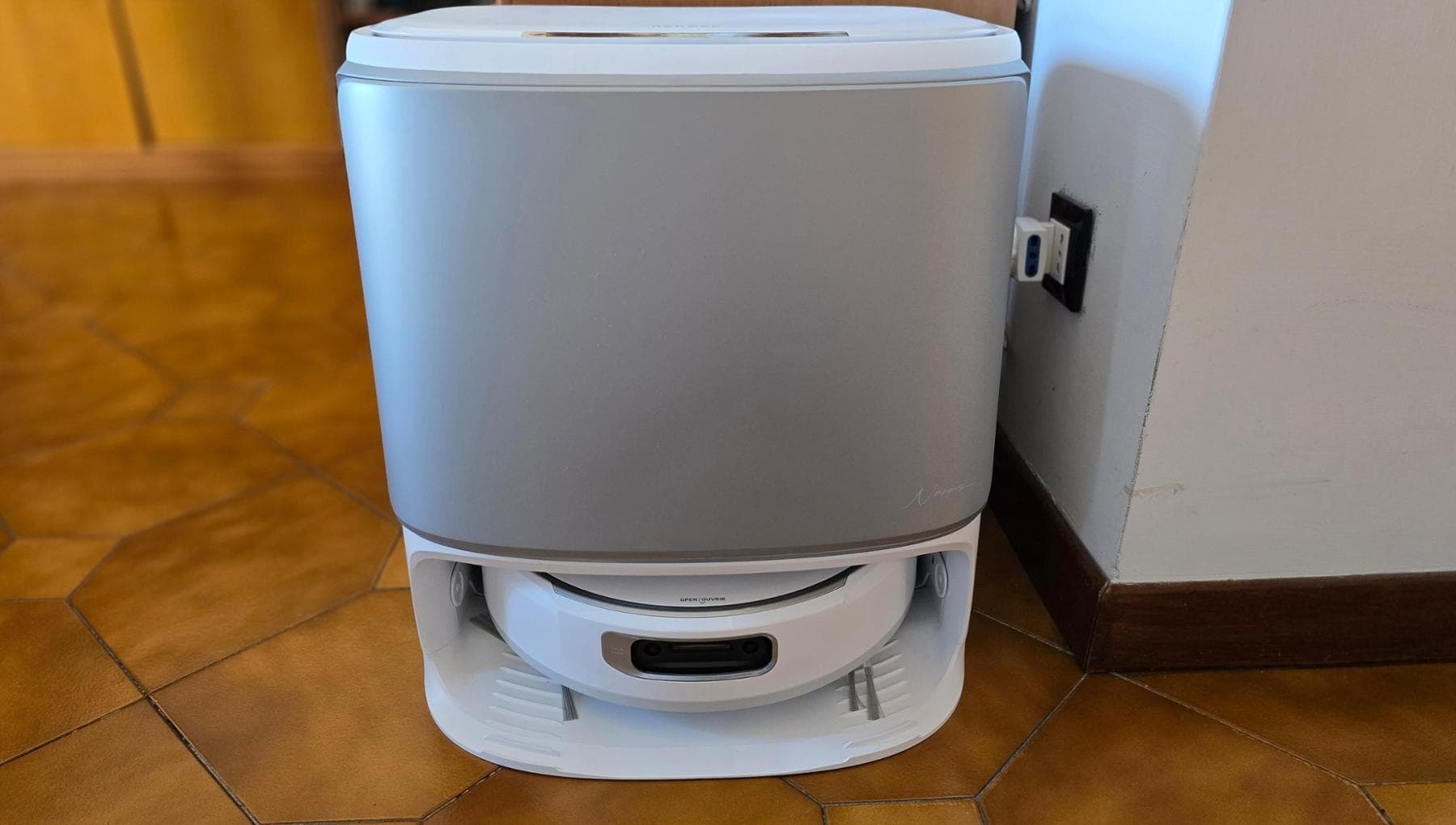The director of limb regeneration discovered

The director behind entire limb regeneration in the Mexican salamander axolotl has been identified: the sympathetic nervous system (the same one involved in the 'fight or flight' response), which, through the release of the hormones adrenaline and noradrenaline, activates stem cells throughout the body , not just at the site of injury. This is according to a study published in the journal Cell by Harvard researchers. The findings raise the possibility that a similar mechanism, deactivated by evolution but potentially reactivated to stimulate tissue regeneration, may also exist in humans, opening new frontiers in regenerative medicine . "We've demonstrated the importance of the stress-signaling hormone adrenaline in preparing cells for regeneration ," says researcher Duygu Payzin-Dogru. "Since adrenaline is also present in humans, this tells us that we can co-opt some of the things we found in the axolotl to improve regenerative outcomes in humans. We have some of the same components, and we just need to figure out the right way to implement them ." The study is the culmination of years of research by the laboratory led by Jessica Whited, who in 2018 demonstrated how limb amputation in the axolotl salamander triggers cell proliferation throughout the body , even in the limbs and organs that remained intact. The team spent more than six years deciphering the mechanisms that regulate this response, involving nearly forty researchers. The results demonstrate that regeneration is driven by the sympathetic nervous system , which also controls involuntary responses such as heart rate, breathing, and blood circulation during periods of high stress. Through adrenaline and noradrenaline , the system activates stem cells and other progenitor cells , "preparing" the other, uninjured limbs to regenerate more rapidly, a capacity that could help salamanders survive in the wild. The researchers discovered that the activated cells reconfigure their DNA architecture to make certain genes easier to activate, thus preparing them for future regeneration. This activation, however, lasts for a limited period of time.
ansa





